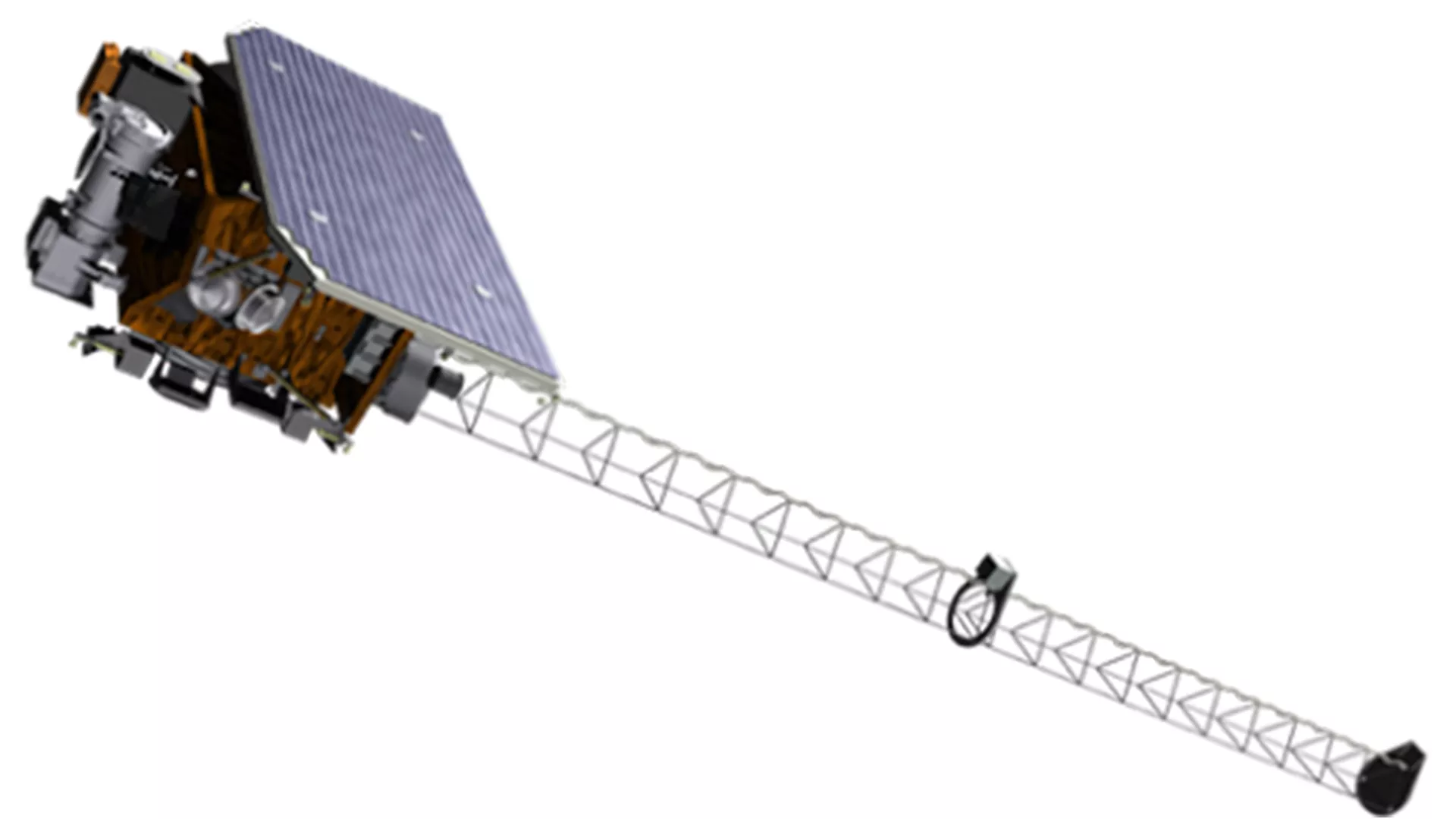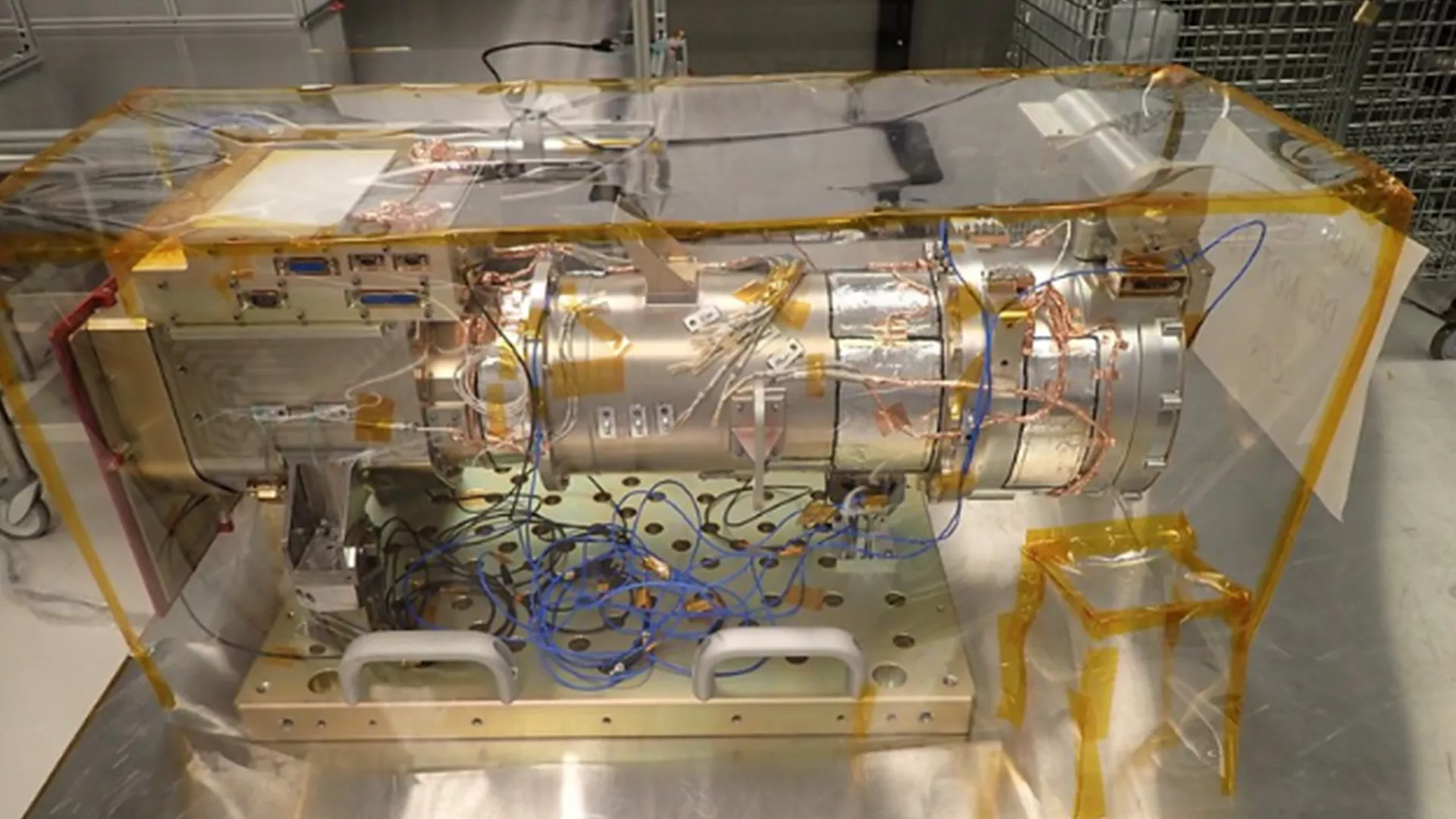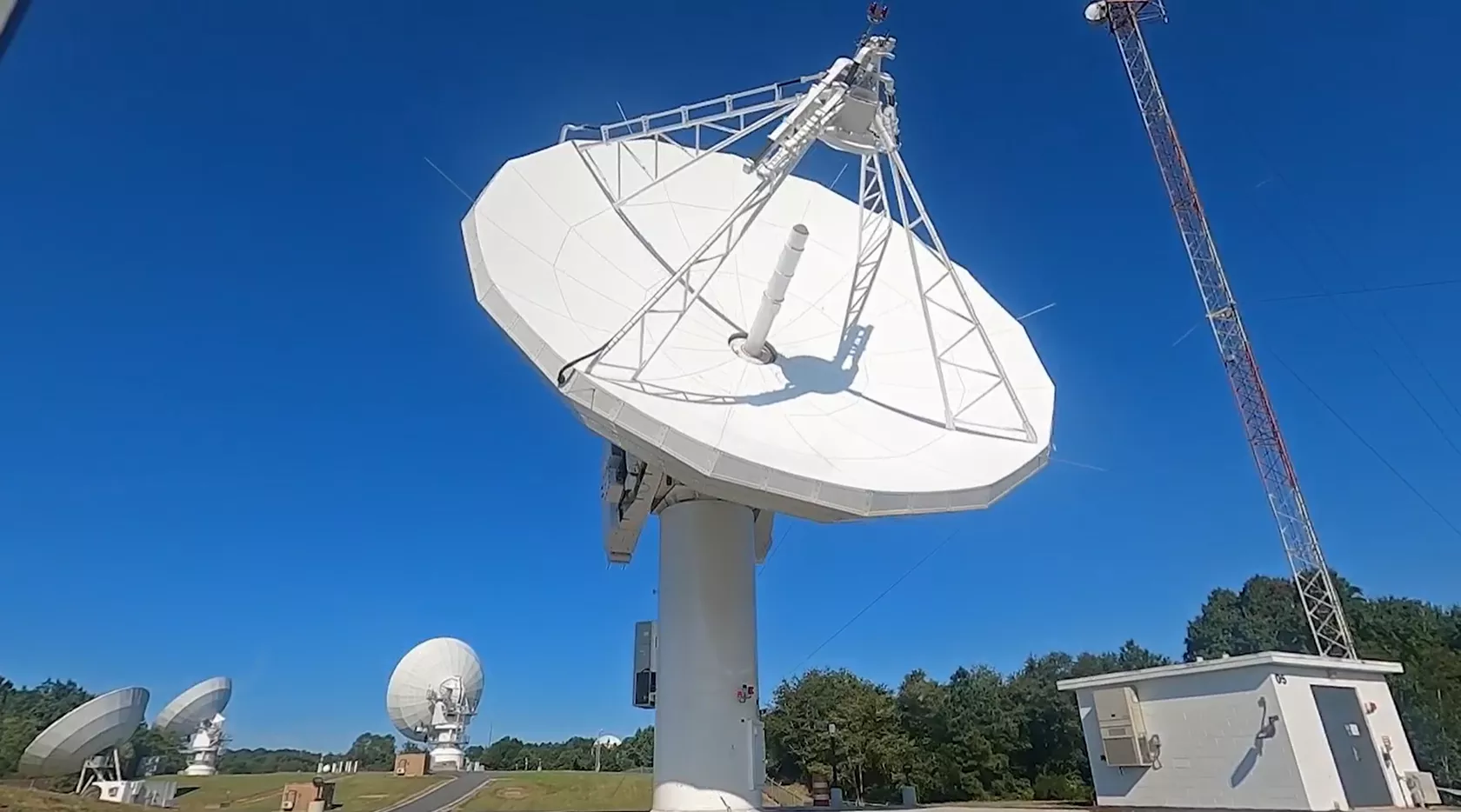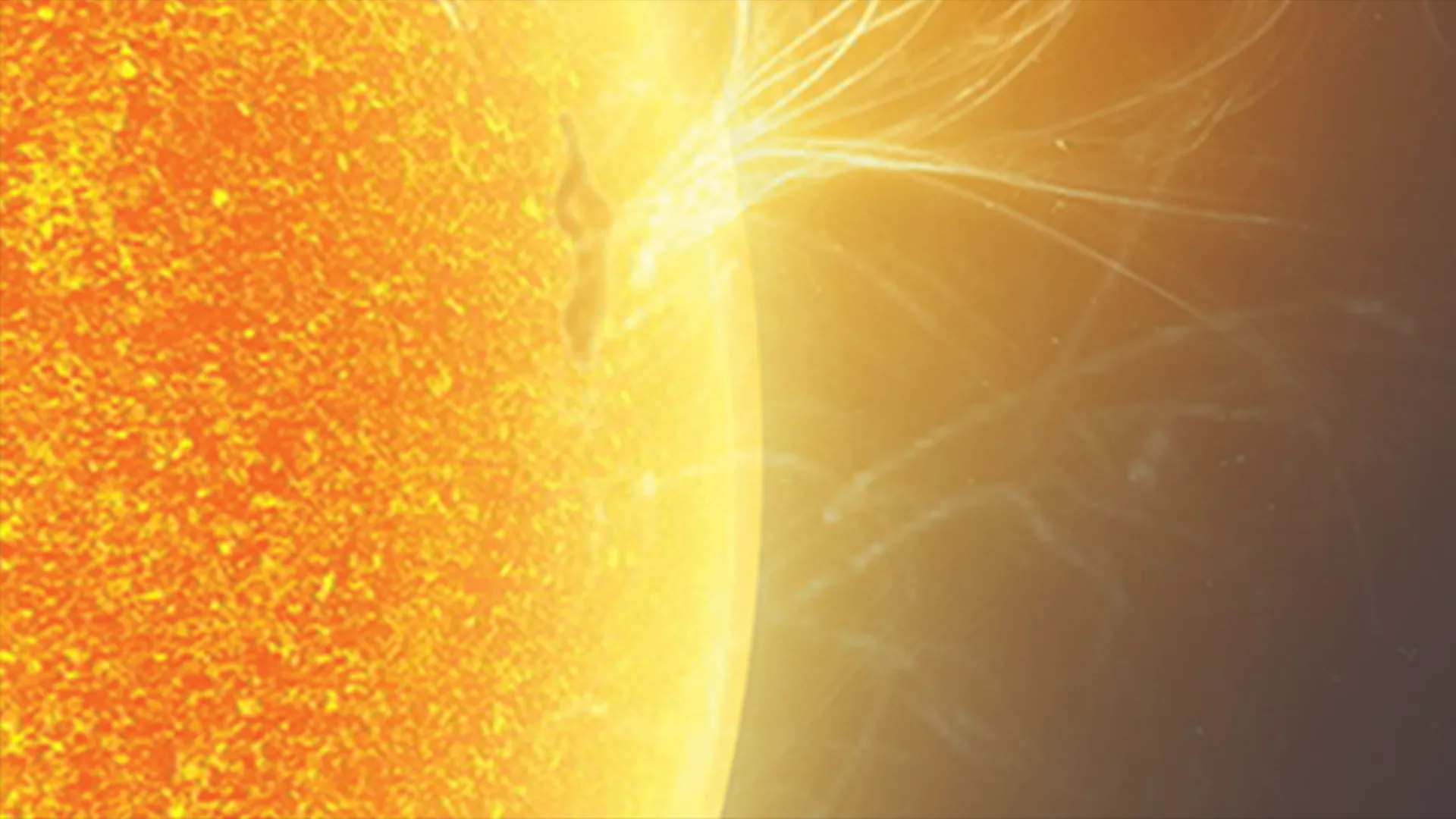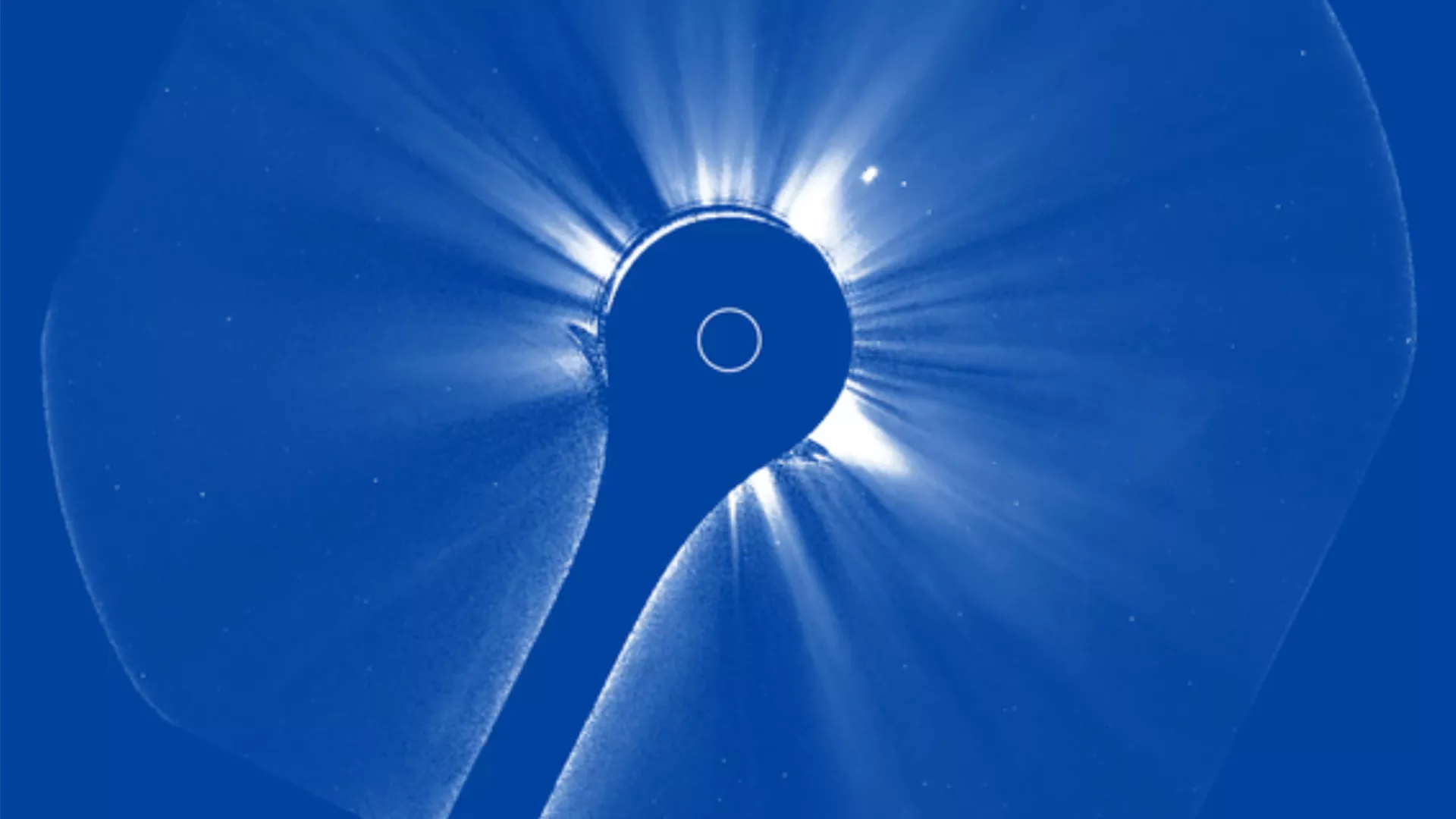The Program
The Space Weather Follow On (SWFO) program sustains NOAA’s foundational set of space-based, space weather observations and measurements collected by legacy missions (DSCOVR and SOHO) to ensure continuity of critical space weather data.
To achieve these objectives, the SWFO program is developing:
- Space Weather Follow On-Lagrange 1 (SWFO-L1), NOAA’s first satellite dedicated to space weather observations,
- instruments to observe the Sun and space environment upstream of the Earth, including two compact coronagraphs (CCORs) that image the Sun’s corona, and
- a dedicated ground segment for operation of the SWFO-L1 satellite, acquisition of the SWFO-L1 data, and product generation and distribution of the SWFO-L1 and GOES-U CCOR data.
Instruments will be hosted on two satellites:
- NOAA’s Geostationary Operational Environmental Satellite 19 (GOES-19), launched on June 25, 2024, and
- NOAA’s SWFO-L1 observatory, a rideshare on the NASA Interstellar Mapping and Acceleration Probe (IMAP) mission, planned for launch in 2025.
NOAA satellites will send space weather data to the SWFO Ground Segment, which includes processing units at NOAA’s Space Weather Prediction Center (SWPC) and National Centers for Environmental Information (NCEI).
Explore
Part of NOAA’s mission is to monitor space weather and provide timely, accurate warnings to help our nation prepare for and minimize potential impacts to the economy and to human health. The National Environmental Satellite, Data, and Information Service (NESDIS) develops and operates satellites and tools to collect information about solar phenomena before they reach Earth. NOAA’s Space Weather Prediction Center (SWPC) then uses this data to generate space weather forecasts, alerts, and warnings to the public and to customers in the US and around the globe who use this information to protect critical systems and reduce risks to personnel.
Latest News
-
Announcement
The Solar Wind Plasma Sensor (SWiPS) onboard the Space Weather Follow On – Lagrange 1 (SWFO-L1)… -
Announcement
The Magnetometer (MAG) onboard the Space Weather Follow On – Lagrange 1 (SWFO-L1) observatory is… -
Announcement
The Suprathermal Ion Sensor (STIS) onboard NOAA's Space Weather Follow On – Lagrange 1 (SWFO-… -
Feature Story
NOAA’s Space Weather Follow On – Lagrange 1 (SWFO-L1) satellite has arrived at the Astrotech Space…

